Mirpal Tso : Let the Mountains Sing and the Waters Soothe





Table of Contents
Toggle1. Introduction
Mirpal Tso lies at an altitude in the Himalayas, generally an unknown and isolated lake that casts a spell of enchantment on the viewer by the quality of its pristine beauty and geographic and ecological uniqueness. The lake falls within the complex systems of glacial lakes in Ladakh-a region in northwestern India, bordering Tibet, China. There are a few high-altitude lakes in this region, but more popular siblings include Pangong Tso and Tso Moriri. Mirpal Tso may be less known, but it is second to none in terms of ecological significance, cultural importance, and natural beauty.
2. Geographical and Hydrological Features
a. Location
It forms part of the Changthang Plateau, covering the eastern parts of Ladakh in India into the Tibetan Autonomous Region in China. The topography is generally one of undivided and elevated desert landscapes where lakes are fed almost exclusively with snowmelt water, such as Mirpal Tso.
The lake rests at an altitude of about 4,500 meters or 14,760 feet above sea level, thus being among the high-altitude lakes in the Himalayas. With this level of altitude is a very harsh environment that contributes to low levels of oxygen, freezing temperatures through most of the year, and minimal vegetation.
b. Hydrology
The primary feeding into Mirpal Tso, similar to many other lakes in this region, is by glacial meltwater that originates from snow-clad peaks around the Changthang Plateau. As a result of seasonal glacial melt and sporadic rainfall, there is inflow into this terminal lake with high evaporation rates in view of the arid climate. The salinity fluctuates according to water inflow, its rate of evaporation, and the pattern of glacial melt.
The hydrological system is mostly endorheic in nature, with no external outlet for water entering into the lake. It loses its water by means of evaporation. Such lakes become highly saline over a period of time, as the water evaporates and leaves behind the dissolved salts. Therefore, Mirpal Tso may be unsuitable for most forms of aquatic life, though it is a home to specialized species adaptation in these extreme conditions.
3. Geological and Ecological Importance
a. Geology
Mirpal Tso is situated in the Changthang Plateau, which is very important geologically because it represents the collision zone of the Indian and Eurasian tectonic plates. Due to this tectonic action, the mountainous chain of the Himalayas has emerged, which is still a developing feature. The general topography consists of sedimentary rocks, volcanic rocks, and metamorphic formations; the basin containing the lake is believed to have been shaped by the movement of glaciers over many thousands of years.
It is also a geological Disneyland because mineral deposits are scattered all over this plateau. Mirpal Tso and the other lakes are parts of much bigger lakes during more wet climatic phases of the region. With time, due to the advancement of glaciers and changing climate these lakes shrunk and took the shape of small, isolated lakes one sees today.
b. Ecology
Despite the fact, flora and fauna found in and around Mirpal Tso are rather typical, representing cold deserts. Scantly distributed but very important wetlands support most of the local ecology. Only a few flora adapted to such saline and arid conditions mainly comprises grass, small shrubs, and algae.
The birdlife is pretty important around Mirpal Tso because it forms a stopover point during the migration of birds, especially in summer. Some species you can find here are black-necked cranes, bar-headed geese, and Brahminy ducks. Of particular significance, the black-necked crane is important due to the immense cultural importance in the region, and these birds symbolize Ladakh’s natural heritage.
The lake is also a home to several small invertebrates and microbial life forms, which have adapted to these hypersaline conditions. These form an important link in the food chain that maintains the local and migratory bird populations.
4. Cultural And Historic Significance
a. Tibetan and Ladakhi Connections
Many of the lakes in Ladakh have cultural importance, like Mirpal Tso, especially to the local Tibetans and Ladakhis. In the Tibetan language, “Tso” is a word for “lake”, and most of these lakes, to which Mirpal Tso belongs, have spiritual significance to the people who live nearby.
In fact, these lakes have constituted part of the spiritual landscape for Tibetan Buddhists and Ladakh’s nomads, the Changpa, for centuries. In many societies, water bodies are considered sacred, but especially high-altitude lakes, which in Tibetan Buddhism are believed to be inhabited by spirits or deities. Rarely performed-often due to the remoteness of the site-a pilgrimage to such lakes is an act of devotion and reverence.
These lakes, including Mirpal Tso, were significant landmarks in the network of ancient trade routes joining Ladakh to Tibet-a sort of watermark along the rugged Silk Road paths-for both traders and pilgrims.
b. Changpa Nomads
The Changpa are nomadic people who have traditionally inhabited Changthang, living in harmony with such a harsh environment for centuries. They migrate seasonally with most of their livestock-yaks, sheep, and pashmina goats-and depend on the thin grassland for its grazing. Such lakes in the region-such as at Mirpal Tso-form an integral part of their lifeways, allowing water for their herds while marking areas of seasonal settlement.
The Changpas have a close cultural affinity with the landscape and possess traditional knowledge about the ecology, meteorology, and sustainability practices pertinent to it. Their presence in the region evidences the deep interaction between man and environment that has kept life going on this hostile terrain for generations.
5. Role in Tourism and Economic Potential – An Emerging Tourist Destination
While it might be less famous among its neighbors, Pangong Tso and Tso Moriri, it’s increasingly a reason for adventure travelers, trekkers, and photographers to visit this area for its off-the-beaten-path trails. Thus, serenity of the lake, at the same time remote from other places, brings it as a place to seek refuge from the crowds which flock to the hotspots in Ladakh.
The untampered landscape, along with bird-watching, trekking, and photo opportunities, forms a very worthy niche for eco-tourism. While nature lovers from tourists increasingly seek out locations that are unique, isolated, and not completely commercialized, Mirpal Tso stands as a potential alternative location for those who would seek out the region’s natural beauty. This is without the commercialization that has affected some of Ladakh’s more accessible lakes.
6. Economic Opportunities
Tourism around Mirpal Tso would also bring economic opportunities to the remote communities residing in the Changthang region. The Changpa, a nomadic people whose traditional economy depends upon pastoralism, have begun to diversity their sources of income. Many nomadic families have begun opening their homes to guests as homestays and/or offering guiding services for tourists. Others sell handicrafts knitted from the wool of pashmina goats.
Besides tourism, the remote beauty of Mirpal Tso has lured the interests of documentary filmmakers, environmental researchers, and conservationists, further providing not only a source of income but a boost in international attention towards the area.
On the contrary, this increased interest brings challenges in itself, such as responsible tourism practices. Since high-altitude lakes, like Mirpal Tso, are considered to be ecologically sensitive, unchecked tourism may lead to environmental degradation, littering, and disruption to the habitats of wildlife.
7. Environmental Challenges and Conservation
a. Climate Change Impacts
One of the biggest threats to the lakes of Ladakh includes climate change, of which Mirpal Tso is a part. The Himalayas are warming up at more than twice the global average, and this has a corresponding effect on the rate at which glacial ice melts. Glacial melt constitutes the most critical source of inflow for most such lakes, while abrupt changes in the rates of melting may result in unpredictable fluctuations in the lake’s water level.
With rising temperatures, this may increase the rate of melting of such glaciers, which may temporarily enlarge the lake; it could also contribute to the shrinkage of such glaciers and lower the volume of water coming in in the long run. This would affect not only the levels of the water in the lake but the ecosystems surrounding it-essentially the wetland areas which are a support to birdlife as well.
b. Human Impact
This also increased the likelihood that human actions would impact adversely on the delicate ecosystems around this beautiful lake. Some of the key issues have included litter, pollution, and the disruption of wildlife. Examples of how responsible tourism practices may be effected include waste management systems, visitor education, and rules for interaction with the natural environment, to protect the ecological integrity of the area.
Increased human activity may influence the birds that stop at Mirpal Tso during migration. Noise pollution, habitat destruction, and non-biodegradable waste will easily drive these species away from the lake and further deteriorate the ecosystem of the area.
c. Conservation Efforts
Different attempts have been directed toward the conservation of the high-altitude lakes and their catchments in Ladakh. The WII, through collaboration with local government agencies, has participated in the study of biodiversity in this region and the implementation of its conservation. Besides, protected areas were actually set up to protect critical habitats for such species as black-necked crane and other migratory birds.
Community-based conservation efforts also continue to rise in which the local Changpa communities take a vital role in the care and protection of their environment. These could be combining traditional knowledge with the modern concept of conservation practices that would hopefully help in the sustainable use of natural resources.
8. Conclusion
Mirpal Tso Lake forms part of the important natural heritage of Ladakh for reasons such as aesthetic landscape, remote location, and ecological importance. Though not as famous as other high-altitude lakes in this region, it is nevertheless very important. This ranges from its contribution to wildlife populations around it to its cultural values to the nomadic Changpa people, an indication of Mirpal Tso’s precarious balance between human beings and nature in one of the most inhospitable regions on Earth.
How to book a trip to Mirpal Tso, India with Charzan Holidays?
For a seamless and exceptional booking experience, contact Charzan Holidays at reservations@charzan.in or call us at +919622224473
Frequently Asked Questions
1. What is Mirpal Tso? |
| Mirpal Tso is a stunning high-altitude lake located in the Ladakh region of India, known for its crystal-clear waters and breathtaking scenery. |
2. How do I get to Mirpal Tso? |
| To reach Mirpal Tso, you typically travel from Leh to the Changthang region. The lake is accessible via a trek or a 4×4 vehicle from nearby villages like Pangong or Tso Moriri. |
3. What is the best time to visit Mirpal Tso? |
| The best time to visit is from May to September when the weather is mild and the roads are accessible, allowing for easier travel. |
4. What are the main attractions near Mirpal Tso? |
| Nearby attractions include stunning landscapes, local wildlife, and other lakes like Pangong Tso and Tso Moriri. The area is also rich in cultural heritage with nearby monasteries. |
5. Is it safe to travel to Mirpal Tso? |
| Yes, Mirpal Tso is generally safe for tourists. However, it’s important to stay informed about local conditions and follow travel advisories. |
6. What activities can I do at Mirpal Tso? |
| Visitors can enjoy photography, trekking, birdwatching, and experiencing the serene beauty of the lake. It’s also a great spot for camping. |
7. Are there accommodations near Mirpal Tso? |
| There are limited accommodations near the lake. Many visitors camp or stay in guesthouses in nearby villages. Advance planning is recommended. |
8. What should I pack for a trip to Mirpal Tso? |
| Pack warm clothing, trekking gear, camping supplies, personal toiletries, and a first aid kit, as temperatures can drop significantly, even in summer. |
9. Is there mobile connectivity at Mirpal Tso? |
| Mobile connectivity may be limited in the area, so it’s advisable to inform friends or family of your travel plans before departure. |
10. Can I find local food near Mirpal Tso? |
| Local food options may be limited near the lake, so consider bringing snacks. In nearby villages, you can find traditional Ladakhi cuisine. |
11. Are there any cultural festivals near Mirpal Tso? |
| While there are no specific festivals at the lake, nearby regions celebrate various Ladakhi festivals, showcasing local culture and traditions. |
12. What is the local language spoken near Mirpal Tso? |
| The primary language spoken is Ladakhi, but many locals also understand Hindi and English, especially in areas frequented by tourists. |
13. Do I need a permit to visit Mirpal Tso? |
| While no special permit is typically required for Mirpal Tso itself, check for any necessary permits if you plan to visit nearby protected areas. |
14. Can I find guided tours to Mirpal Tso? |
| Yes, many travel agencies offer guided tours that include transportation, accommodations, and local experiences, making it easier to explore the region. |
15. What is the climate like around Mirpal Tso? |
| Mirpal Tso experiences a cold desert climate, with warm days and cold nights during the summer months. Be prepared for sudden weather changes. |



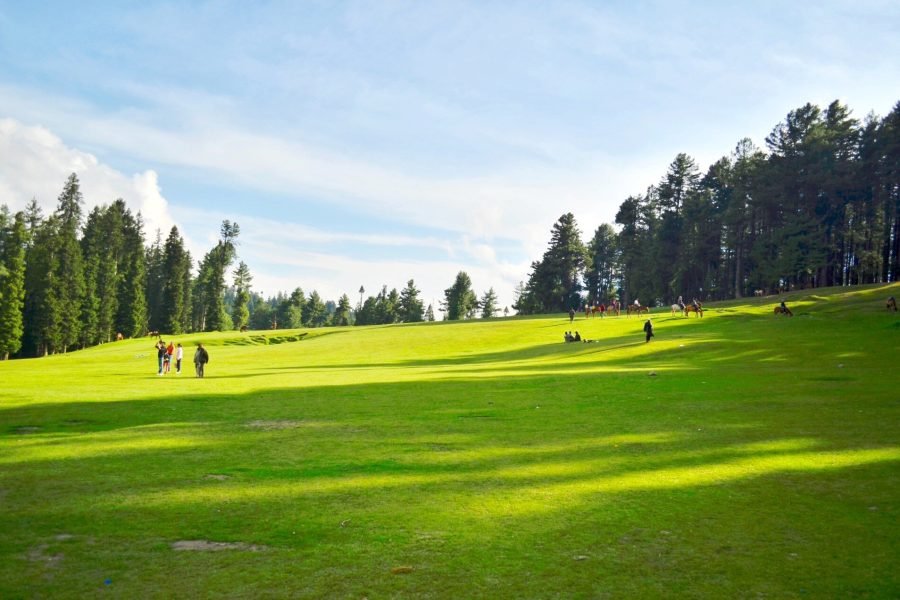
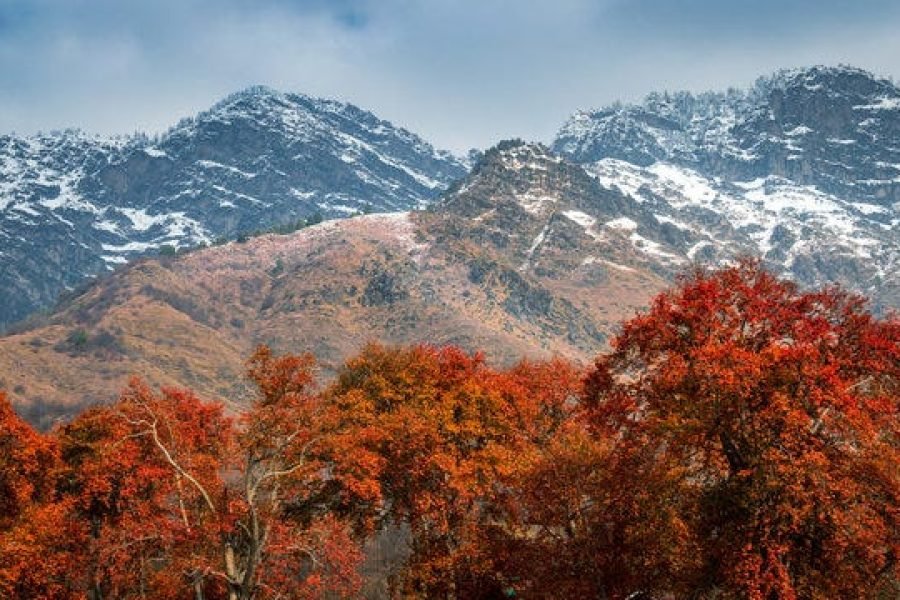
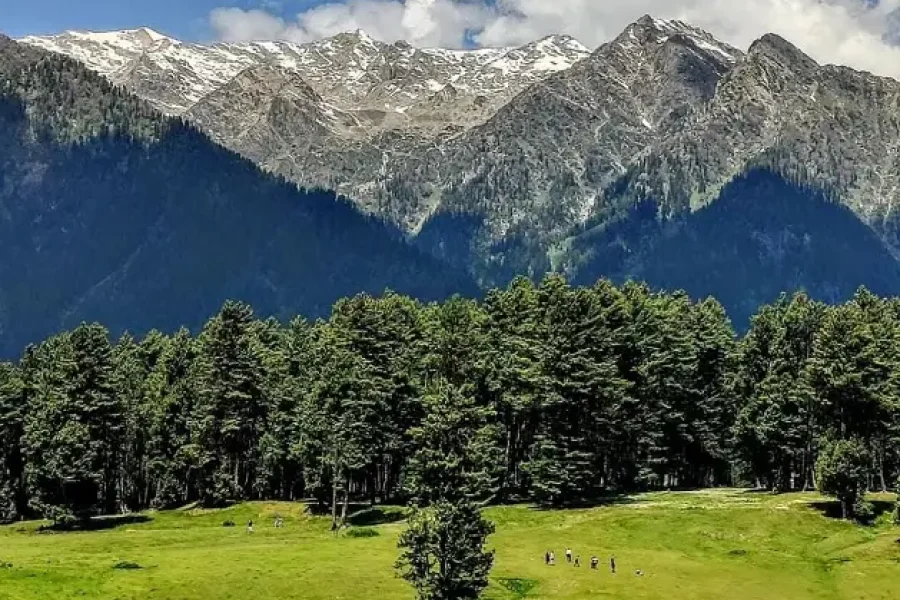
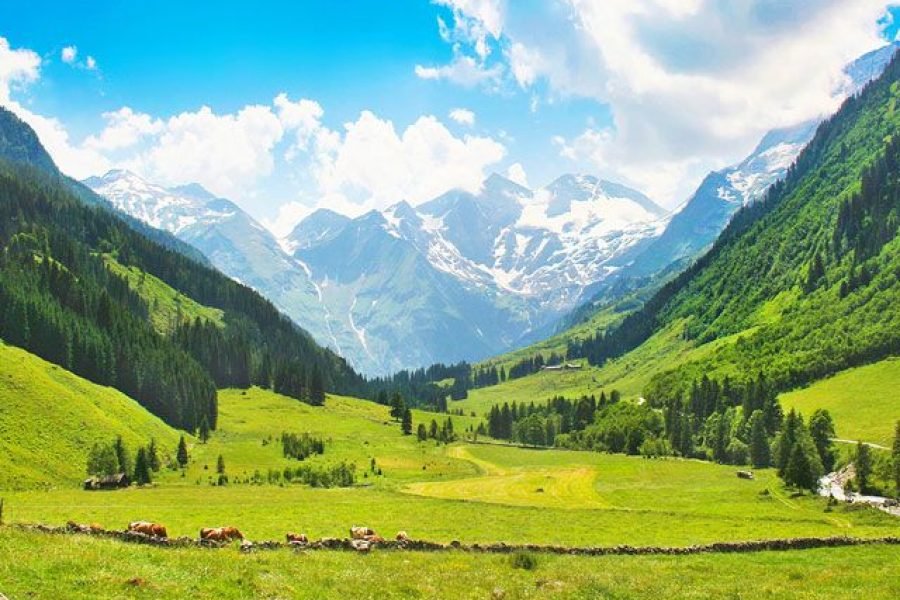
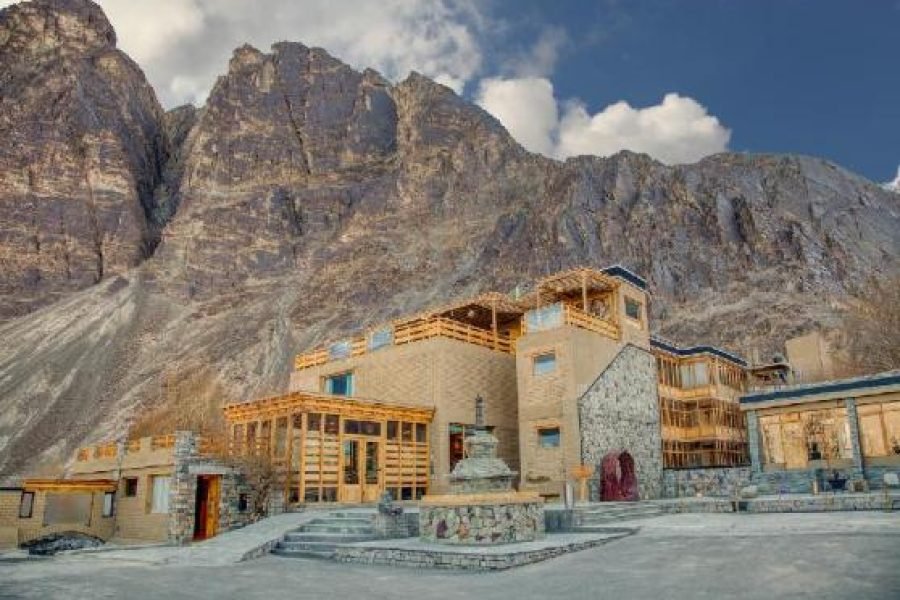

0 Comment